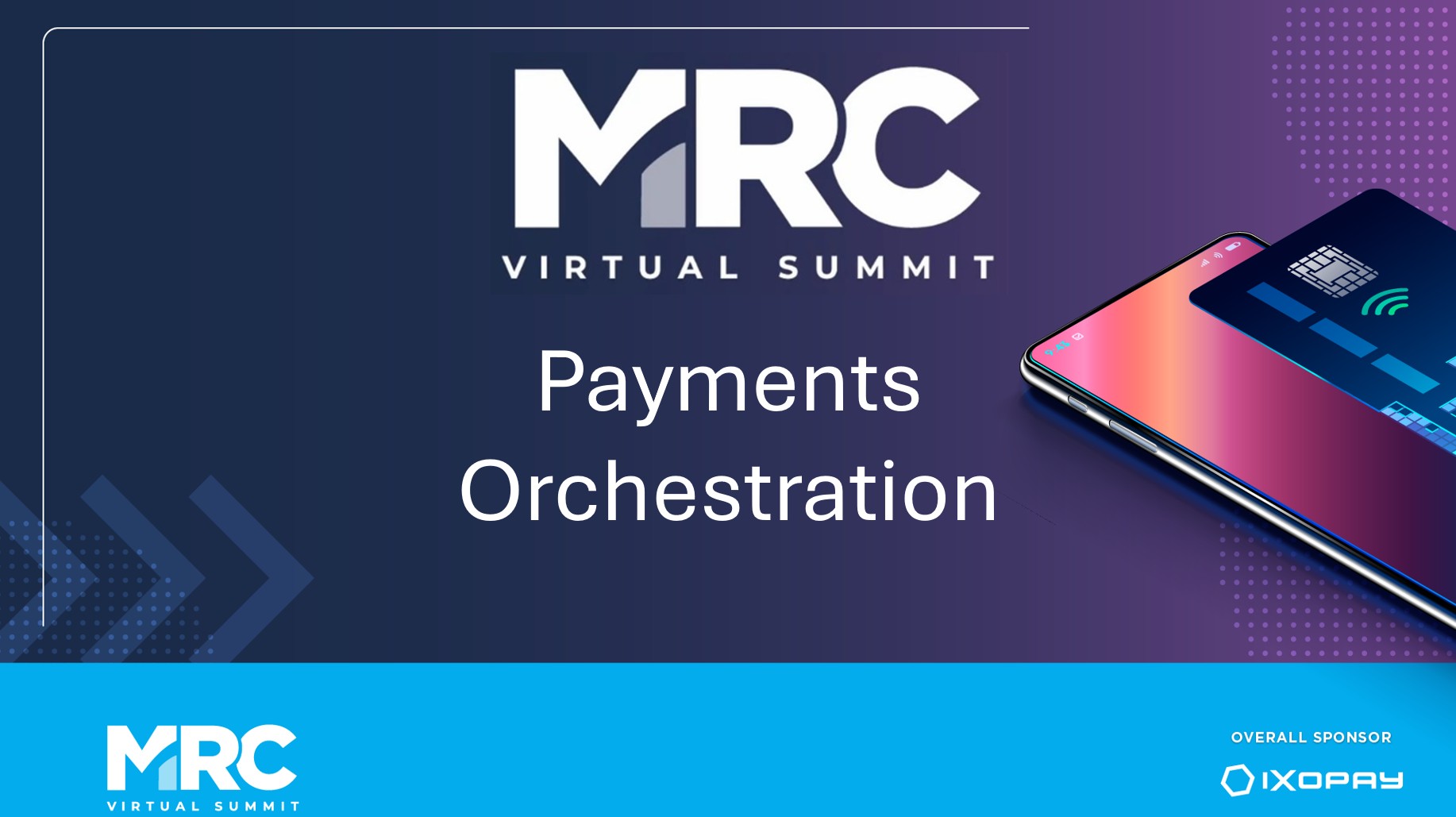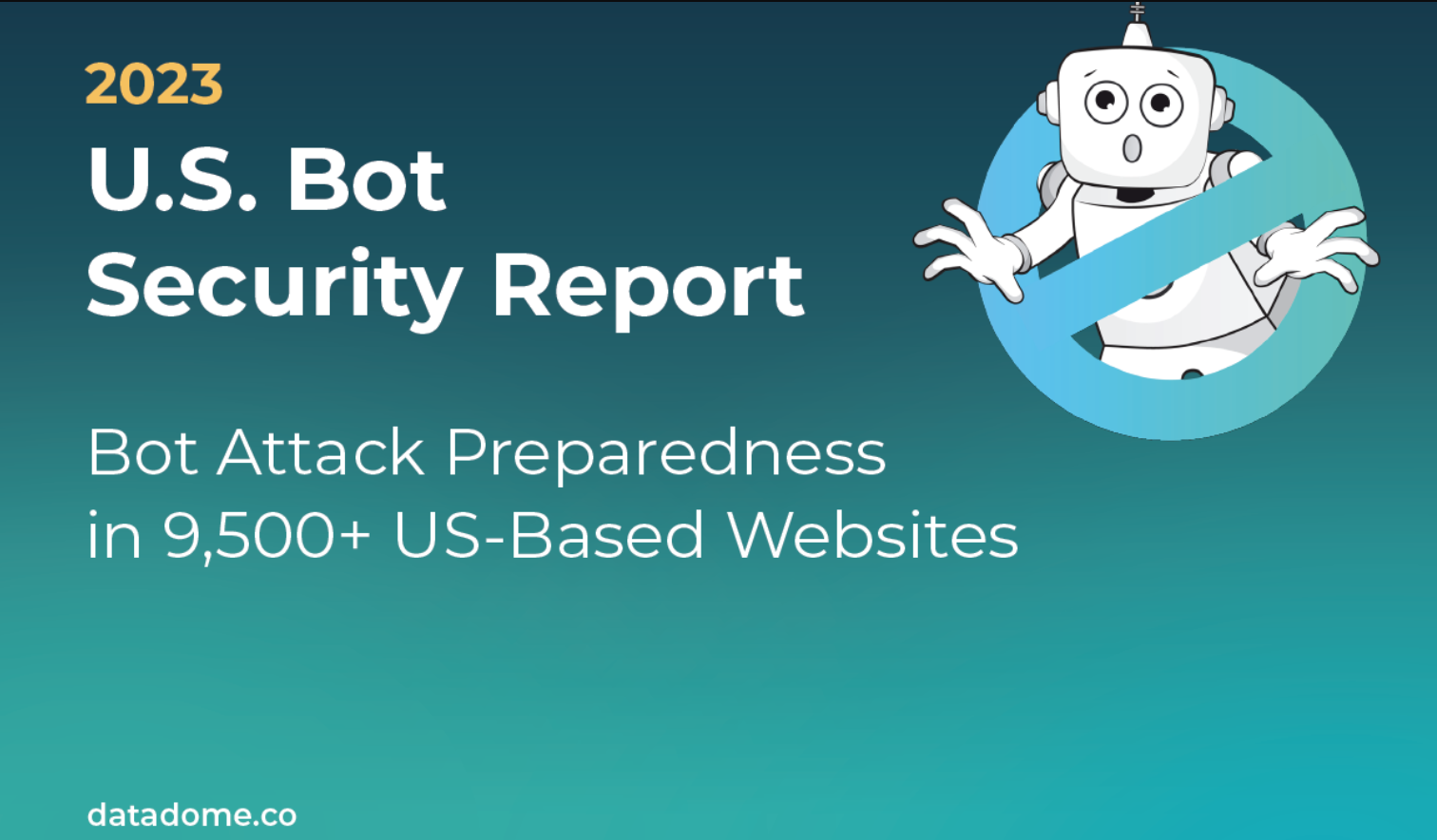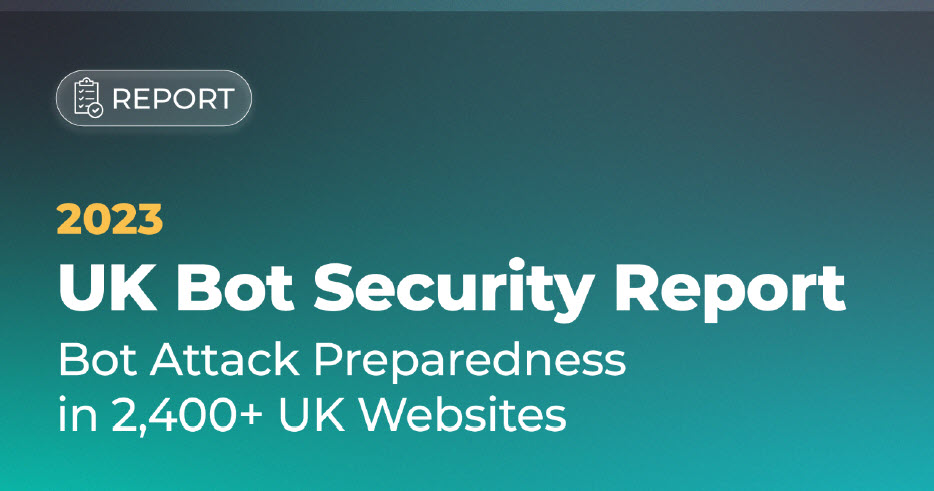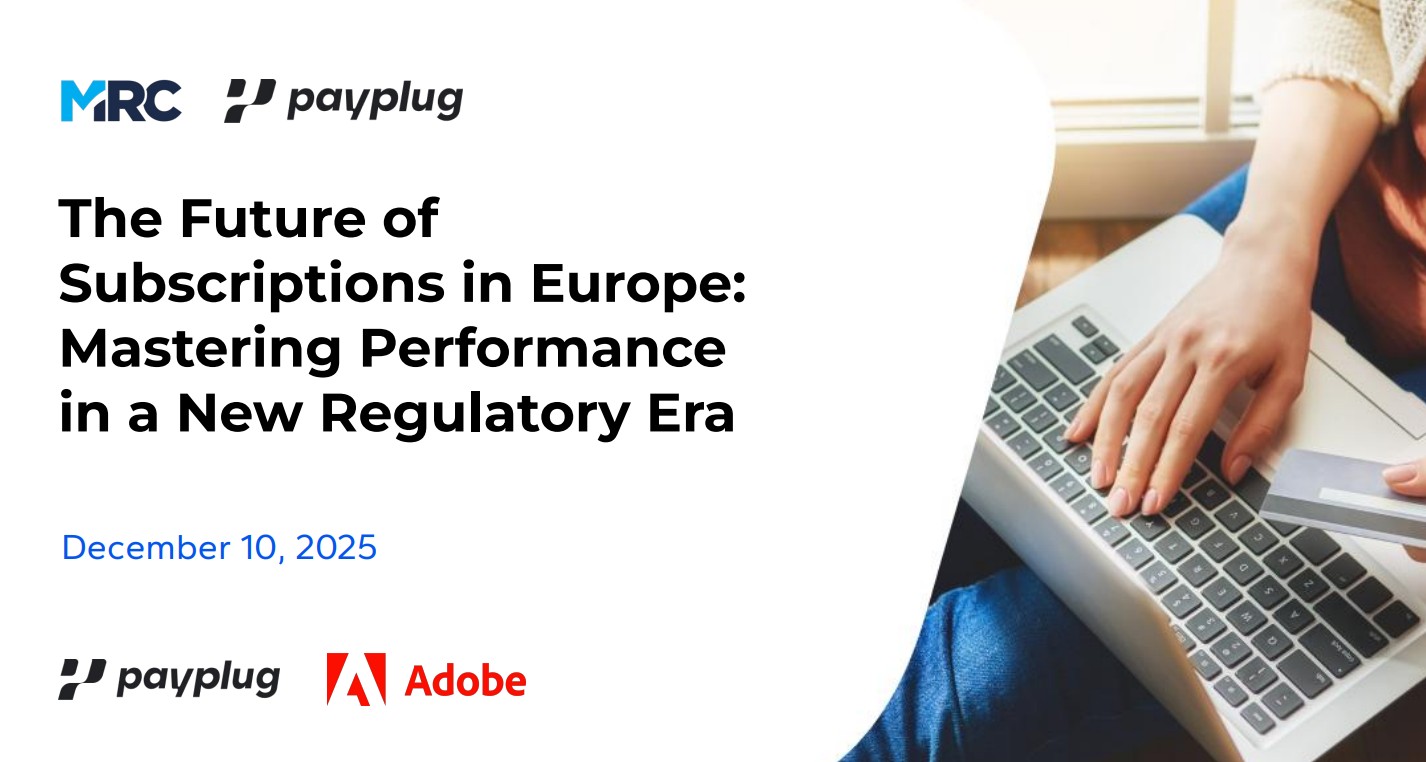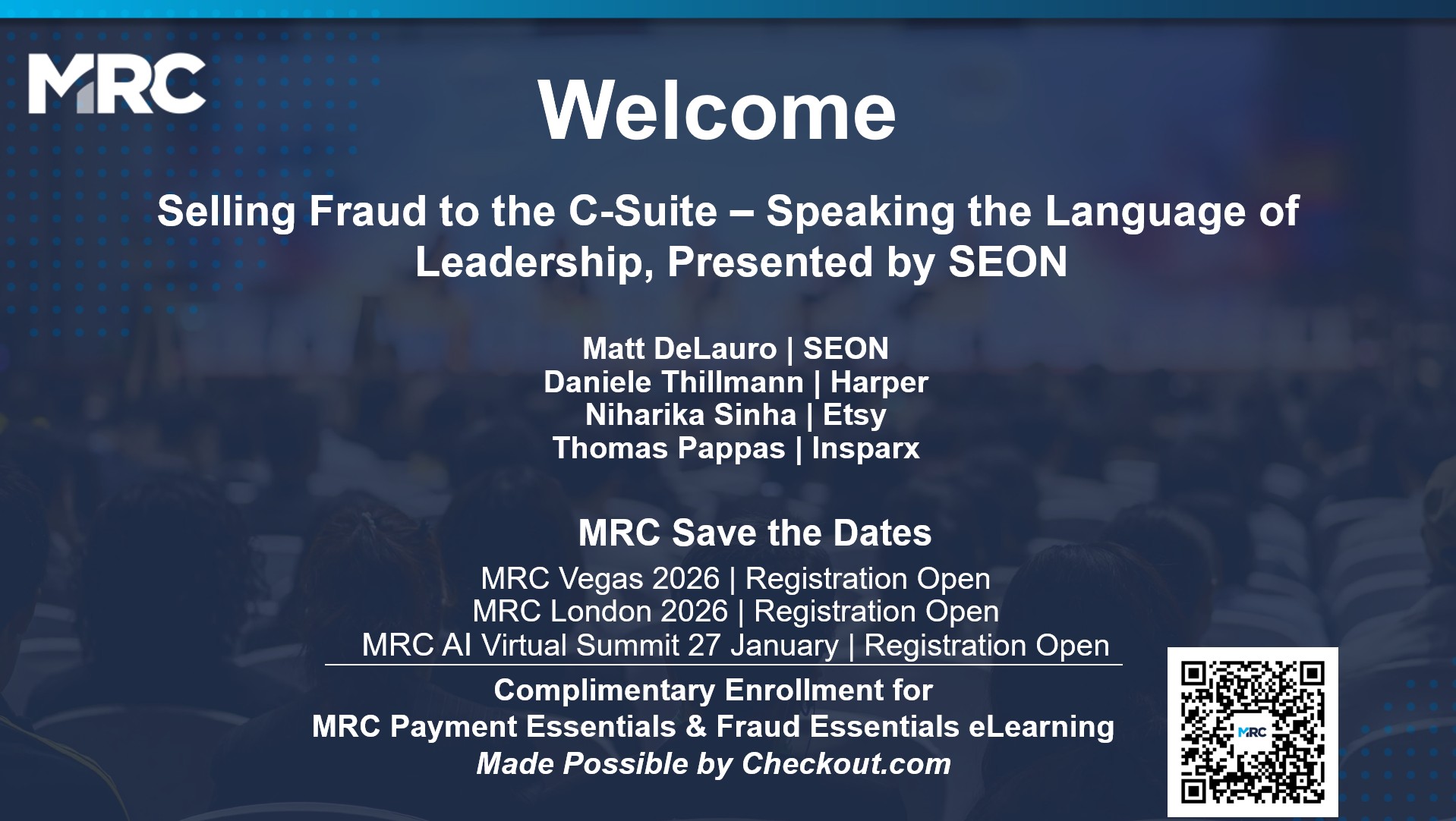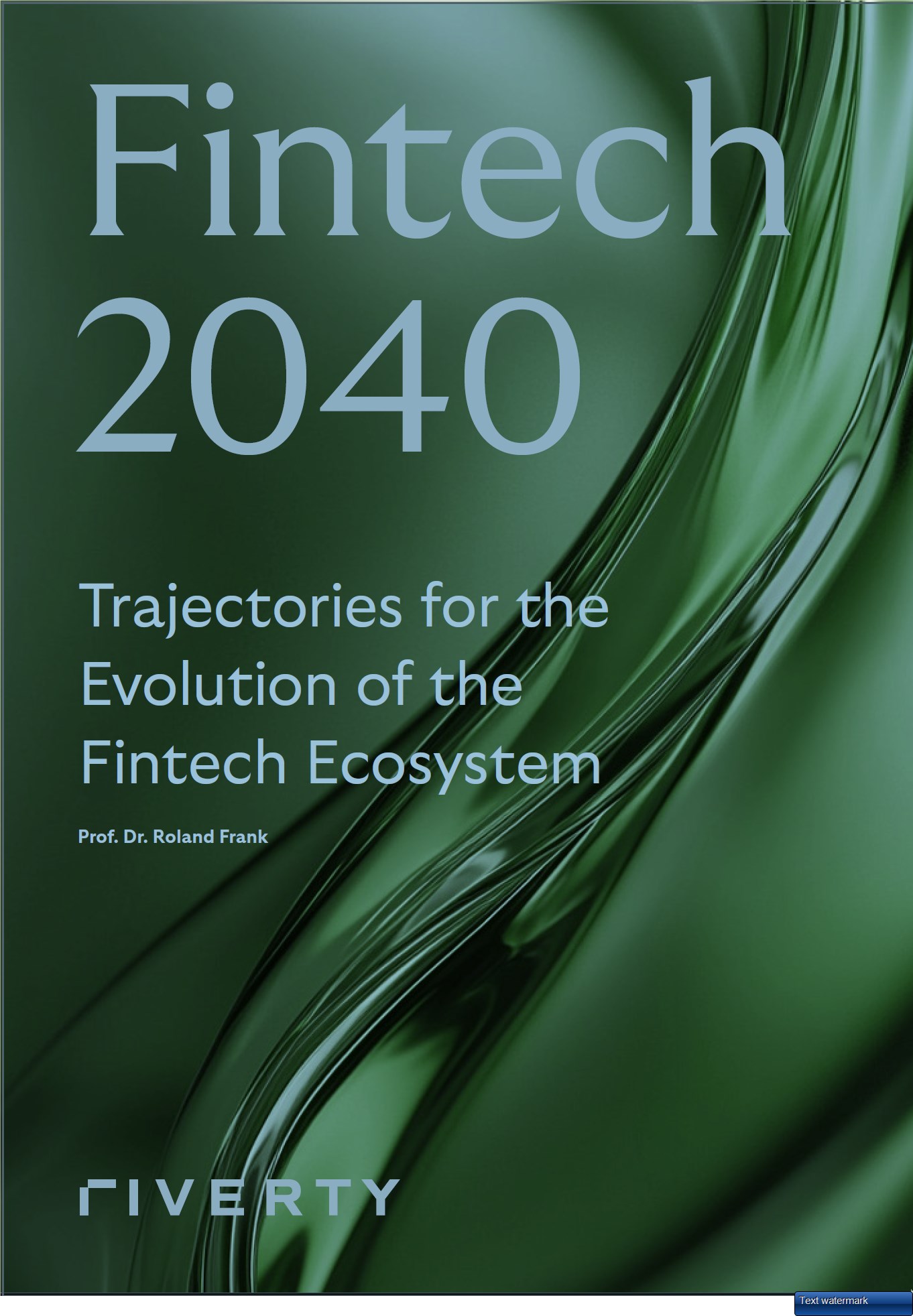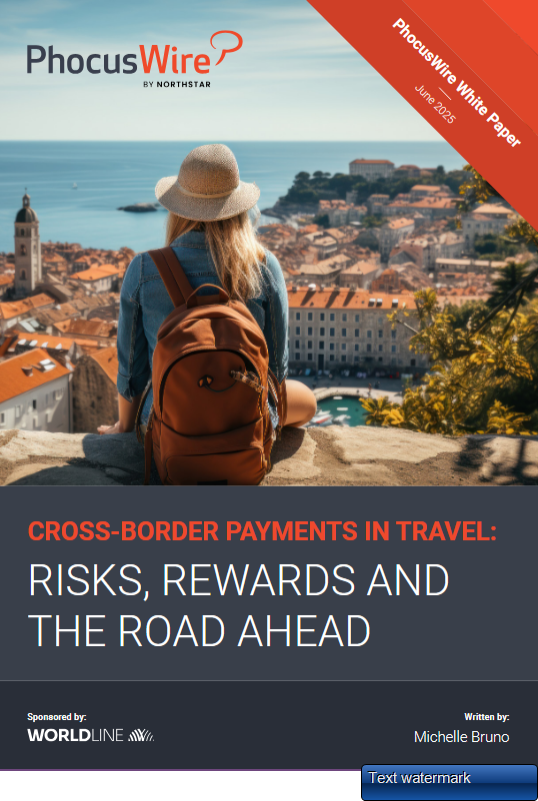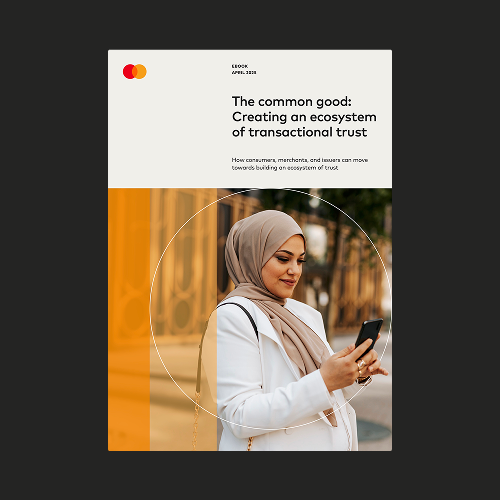How to Trust (Only) the Right Customers: Leverage Your Competitors' Data
Fraud
Management/mitigation
Uri Arad and Shmuli Goldberg -- Identiq
Sep 30, 2020
Webinars
Competition in business is often brutal, with companies battling to grow or even simply maintain their market share as well as offer expand their products and services or enter new markets. Given the hyper-competitive landscape, collaborating with competitors may not at first glance seem like a wise strategy. In this webinar, Identiq looks at three ways in which businesses can benefit through collaboration, with a special focus on identifying valid users. User experience and fraud mitigation benefits are also discussed. A detailed Q&A session concludes the broadcast.
Some content is hidden, to be able to see it login here Login
Tagged:

Host a Webinar with the MRC
Help the MRC community stay current on relevant fraud, payments, and law enforcement topics.
Submit a Request
Publish Your Document with the MRC
Feature your case studies, surveys, and whitepapers in the MRC Resource Center.
Submit Your Document



